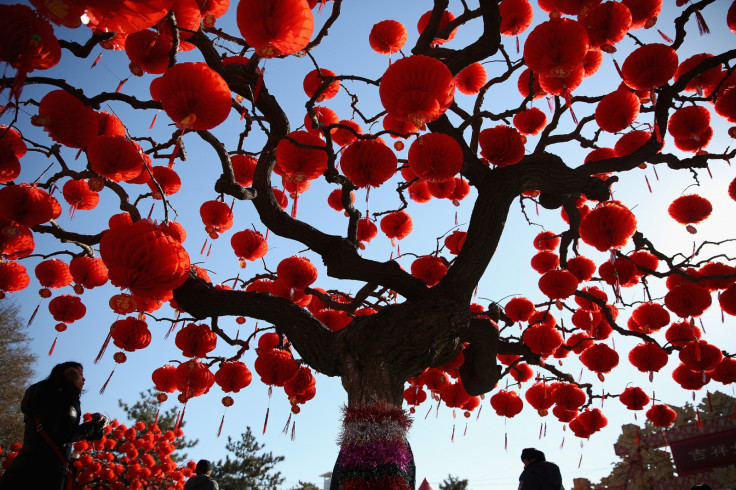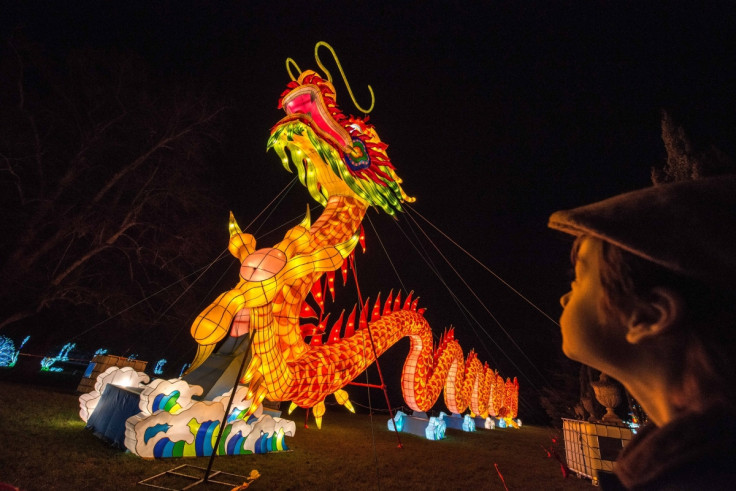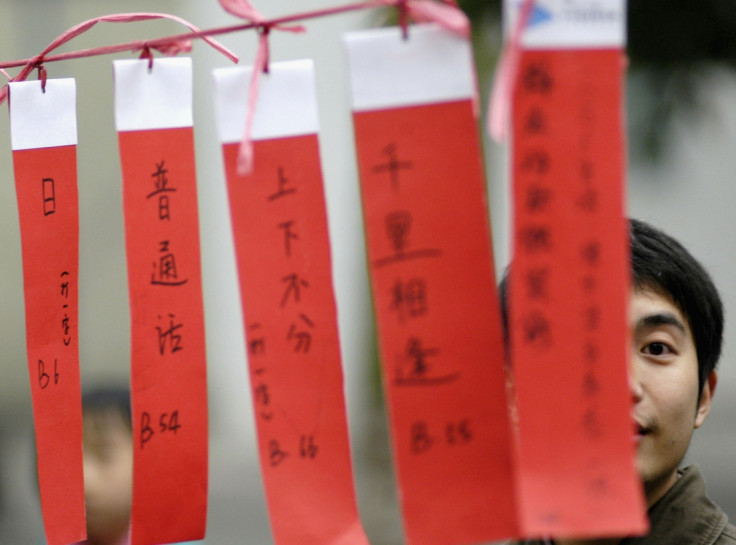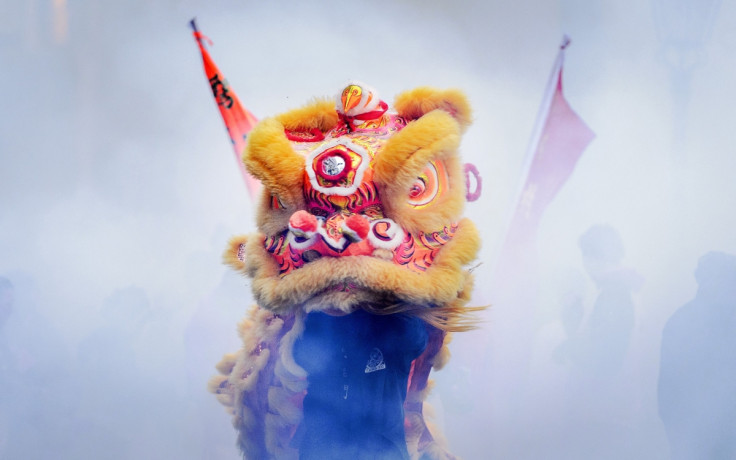Chinese Lantern Festival: Traditional ways to celebrate the end of the Lunar New Year

The Lantern Festival brings an end to Chinese New Year celebrations with vibrant decorations, dance performances and fireworks. Celebrated this year on 22 February, it has been held on the 15th day of the first month of the lunar calendar for more than 2,000 years.
Lighting lanterns

Decorating and hanging lanterns is the main tradition of the festival, with lanterns big and small hung around households, parks, streets and other public spaces. In London, Chiswick House Gardens is hosting the UK debut of the Magical Lantern Festival – featuring more than 50 giant lantern installations, a 66-metre-long dragon and thousands of lights.
Lantern riddles

Solving riddles on lanterns has been a popular tradition since the Song Dynasty. People write riddles on paper and stick them to the lanterns and if someone guesses correctly, they can pull the riddle off. The notes often contain messages of good fortune and wisdom.
Lion dances

The lion dance is one of the oldest traditions to celebrate the Chinese New Year. In ancient times, people regarded the lion as a symbol of bravery and strength and believed the dance could drive away bad fortune to protect people and their livestock. The custom has continued to the modern day and lion dances are performed at important events on the Chinese calendar, such as the Lantern Festival, to bring good luck.
Eating Tangyuan
Eating these round dumplings is a traditional way to celebrate the Lantern Festival. Made of glutinous rice flour, the dumplings may contain different fillings such as sugar, sesame seeds, nuts, bean paste or fruit. They are boiled, fried or steamed and sometimes served in fermented rice soup, called tianjiu. The round shape is believed to signify wholeness.
© Copyright IBTimes 2024. All rights reserved.





